Who are you?
My name is Rob Thorburn; I’ve worked in Circus (with a side salad of music and theatre) for the last 20 years. I have known the PWB founders – Matt and Jonny – for most of that time, and I have toured to India (‘09-10) and Nicaragua (‘13), the latter as Tour Coordinator, having set up the tour partnerships on a visit with my family the previous year. As a day job, I run Circus Alba in Scotland as well as raising a family on our smallholding just outside Edinburgh and am also the Artistic Coordinator for Play Festival.
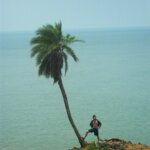
What memory have you most revisited from a tour?
I’m not sure I could pinpoint a single memory from either tour that stands above the others as we visited so many amazing places and people, but as ever it’s the relationships that stick with us and that provide the warm fuzzy bits of looking back.
A few from ‘09-10; Andy Parry’s moustache that made him look very much like the Indian hero Mangal Pandey; being taught carrom by the fantastic kids at Karm Marg; the brilliant competitions that the team ran in each location to spice things up (for the record, it’s hard to decide which ambassador car is the most bling in Kolkata); our incredible full costume Burns Supper and the invention of the game ‘eye-max’ in Peter Cat, the first trip up to Darjeeling that has since turned into a strong partner relationship
From Nica ‘13 – the epic singalong in each show, powered by the accordion skills of Moira Morrison; our total bewilderment as our Berrinche show time came and went by several hours while we awaited a bus laid on by the show organisers – of course when we arrived we were right on time and we soon learned that British time and Nica time are dramatically different…; the hammock village at Los Quinchos; getting stuck on a Caribbean island in a tropical storm on break; any number of beautiful meals of beans and rice with any number of wonderful smiling folk.
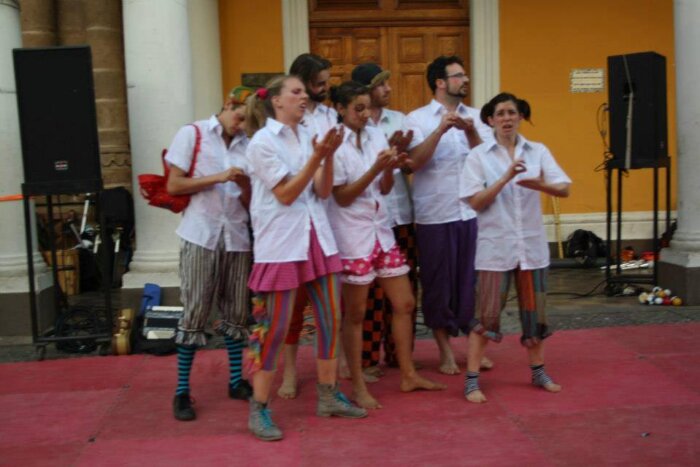
What areas or aspects of the tour challenged you the most?
The biggest challenge was in managing expectations – both among volunteers and partners, and particularly my own. It’s a double-edged truth that everyone decides on their level of preparation for a tour (or any other major undertaking, to be honest!), and the ones who get the most out of it (from both PWB and partner sides) are the ones who do the most planning, whether that’s in learning the local language, learning about the organisations we are working with, studying the history of the country or going in-depth into the lesson plans in advance etc. From the partner side, we encountered organisations who had said yes to our visits even though they didn’t coincide with children being there simply because they didn’t want to say no! Some organisations wanted to know how much money we would give them rather than understanding that we were there to work with the children; one organisation had not understood (or had some other need) that PWB would return and they had repurposed the equipment left with them for other purposes, including to our slight horror, seeing an old flower stick used to reprimand badly behaved kids!
Fortunately, on the whole, on both tours, we had adaptable and open artists who were prepared to go with the flow and make the best of most situations. And once we worked through the Lost In Translation moments we had great experiences working with each organisation and their young people.
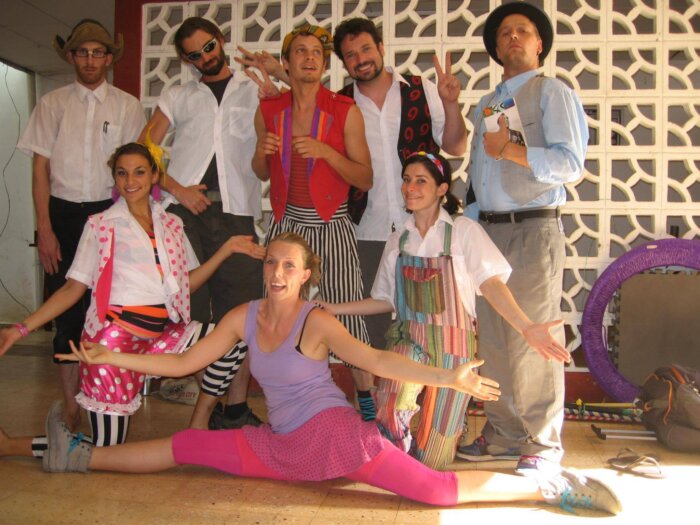
On the tour what was your biggest achievement?
I entered both tours with some major health issues, and with the concern that I wouldn’t be able to perform, so on a personal note, I think my biggest achievement was making it all the way through in one piece. From a PWB perspective, I’m very proud to have set up the Nica tour, and seen it through a few iterations, and to have helped in forming some new partnerships in India that are still thriving.
What was your kids show about?
Our first show involved an explorer needing help to get through some tricky situations. As seems pretty common with the India teams we often had some absent team members with unhappy stomachs, so the challenges were often in how to re-work the show! In Nicaragua, the team was an unruly group of schoolchildren under the not very watchful eye of our teacher, Tom. It was something the children we performed to could immediately empathise with and the show went down extremely well.
What was your biggest breakthrough with teaching?
My biggest breakthrough with teaching was in teaching juggling with 5 between 2 people, as a method of teaching how to continuously juggle left/right etc. However, the biggest thing that made a difference was learning how to say what I needed to say in Hindi and Spanish; the kids loved to see us making an effort to learn from them as well as trying to teach them.
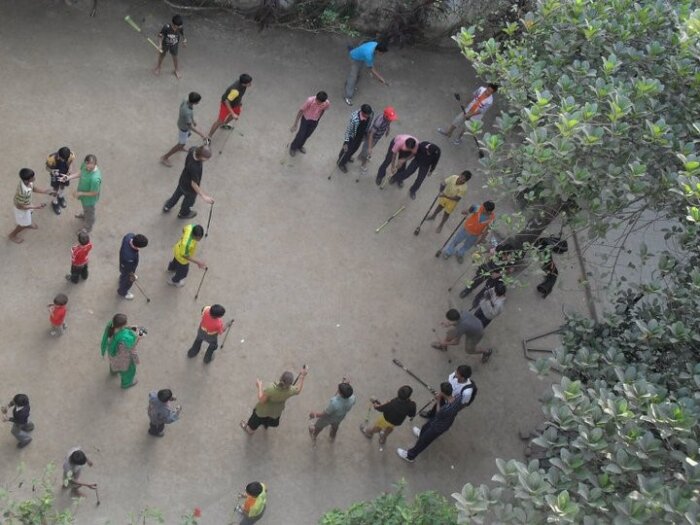
How did you fundraise for the tour?
I fundraised through family and friends, through my savings and I tried and failed to run a half marathon – a herniated disc a couple of weeks before the event meant it couldn’t happen, but my donors kindly refused refunds.
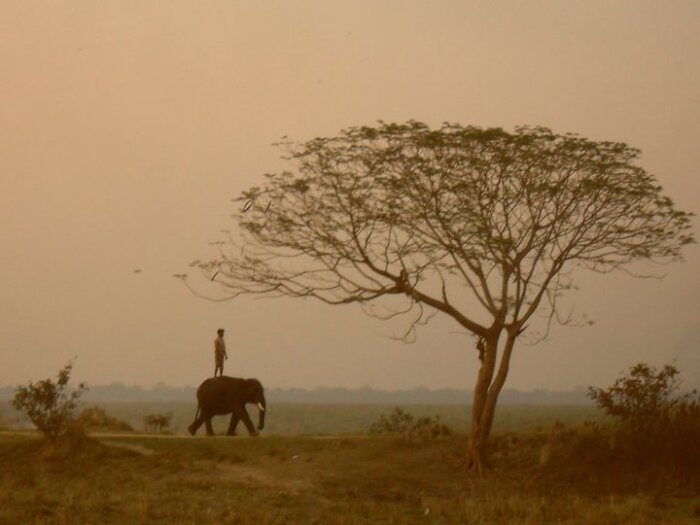

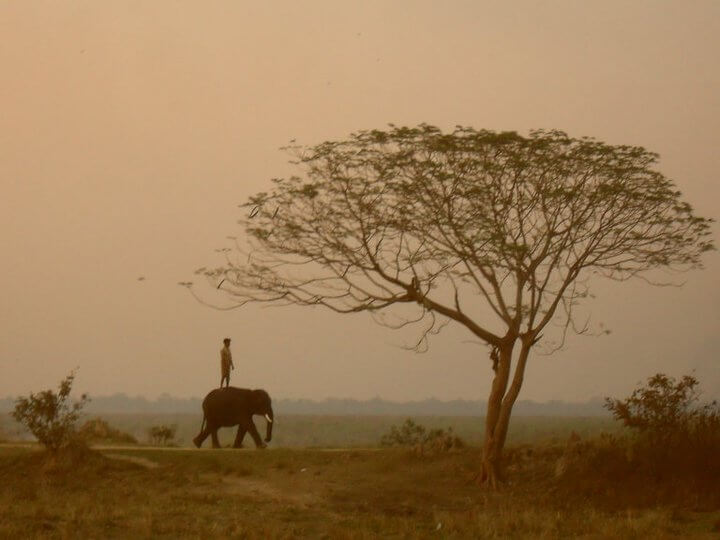
Add the first comment?
Post a comment?
Comments are closed here.